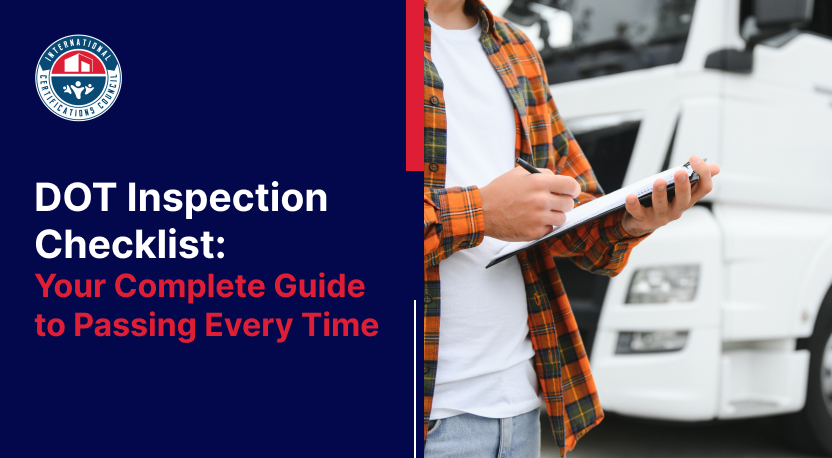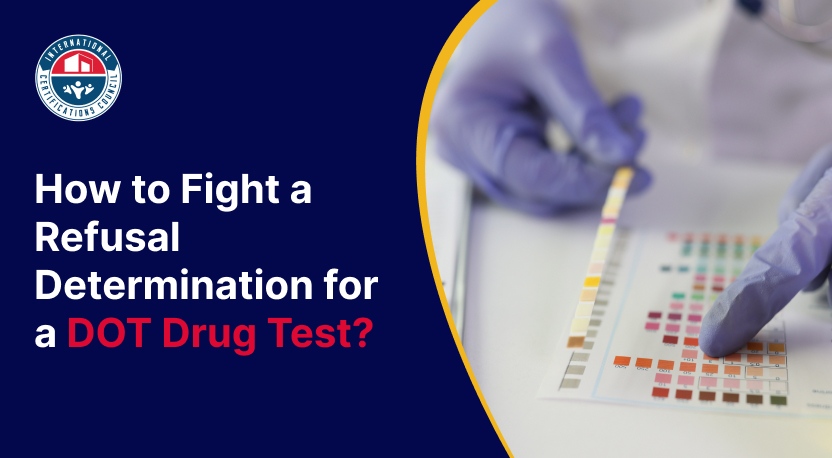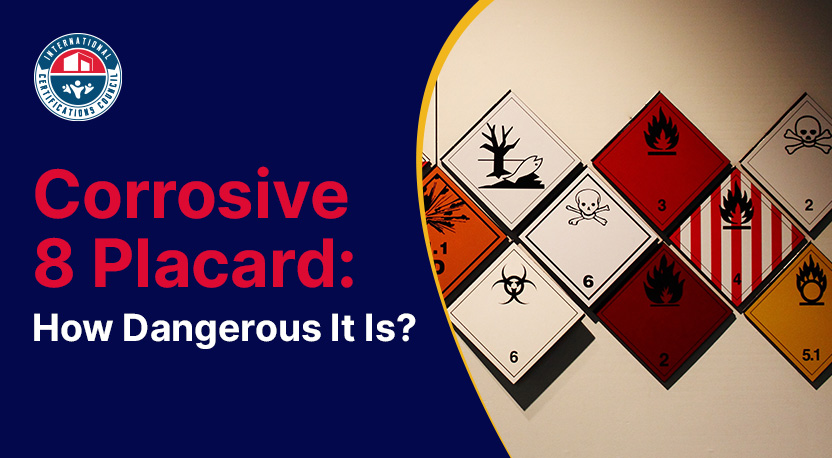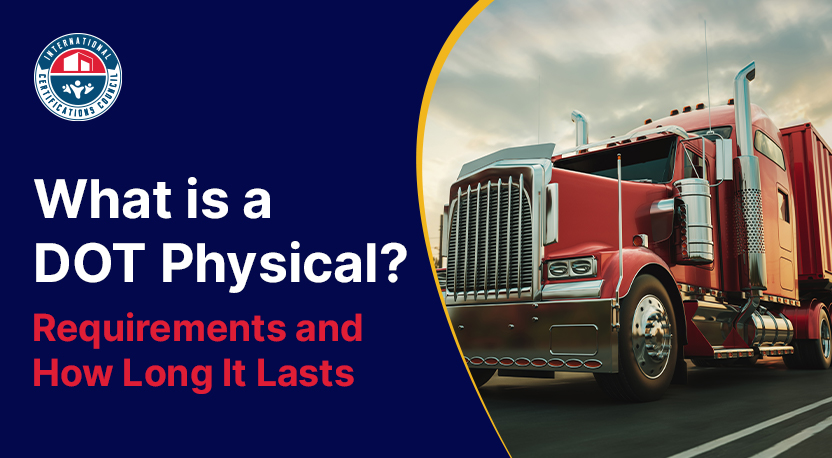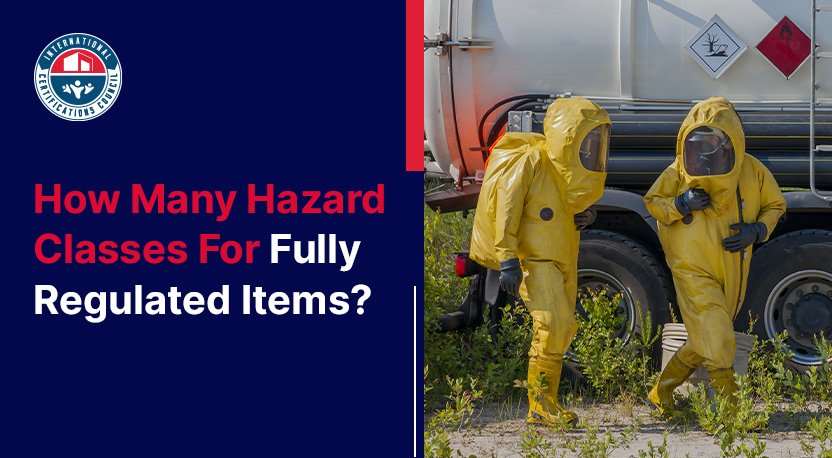What Is Hazmat And How Many Classes Of Hazardous Materials Are There?
As per DOT Hazmat Training experts, hazmat stands for hazardous materials and it is used to describe substances that are harmful to us all; humans, property, or the environment while in transit. The U.S. Department of Transportation (DOT) has divided them into 9 categories or classes. Each of them is a unique kind of hazard. These classifications are utilized for the following:- Enabling proper labeling and placarding of transport vehicles
- Ensuring proper packaging, handling, managing, transferring, and storage
- Educating first responders to respond expeditiously and appropriately in the event of a hazmat spill or leakage emergency
- Fulfilling national and international shipping regulations and mandates
HAZMAT Class 1: Explosives
Why It Is Important This category/class of material consists of substances that possess the ability to enter into an instantaneous chemical reaction leading to an explosion. These reactions can have limited effects or be gigantic depending on their chemical nature, and are triggered by heat, shock, or friction. Examples are- Fireworks and pyrotechnics
- Firearms ammunition
- Dynamite used in mining or construction
- Blasting caps
- Division 1.1 - Mass explosion risks (e.g., TNT, military explosives)
- Division 1.2 - Projection risks but not mass explosion (e.g., grenades)
- Division 1.3 - Fire risks with small blast or projection (e.g., rocket propellant)
- Division 1.4 - Small devices with a hazard (e.g., signal flares, practice rounds)
- Division 1.5 - Very insensitive articles with a mass explosion hazard (e.g., blasting agents)
- Division 1.6 - Extremely insensitive articles with little risk
HAZMAT Class 2: Gases
What It Covers Class 2 products are gases, and these may be compressed, liquefied, dissolved under pressure, or refrigerated. Gases present a more tangible risk because of their odor in certain circumstances and flammability, toxicity, or pressure. Examples include- Propane cylinders used for grilling or for heat
- Oxygen tanks in medical facilities
- Helium balloons
- Aerosol spray cans
- 2.1 Flammable gases - They can catch fire when heated or they are struck by sparks (for instance, butane, hydrogen)
- 2.2 Non-flammable, non-toxic gases - They too present asphyxiation or pressure dangers (for instance, nitrogen, CO2)
- 2.3 Toxic gases - These gases may be harmful to your handlers if breathed in and require special ventilation and PPE (for instance, chlorine, phosgene)
HAZMAT Class 3: Flammable Liquids
What It Covers These are liquids with a flash point below 140°F (60°C). They can burn quite easily at low temperatures as well, and that is very dangerous. Examples include- Gasoline and diesel
- Paint thinners and turpentine
- Nail polish remover (acetone)
- Alcohol-based sanitizers
Hazmat Class 4: Flammable Solids
Examples are- Magnesium (used in fireworks, flares)
- Matches and sulfur
- White phosphorus (used in military, industrial purposes)
- 4.1 Flammable solids - These solids can catch fire by friction or heat (example is nitrocellulose, camphor)
- 4.2 Spontaneously combustible materials - These can burn spontaneously without any external ignition (examples are oily rags, phosphorus)
- 4.3 Hazardous when moist - Such solids ignite or produce flammable gases upon contact with water (e.g., sodium, potassium)
Hazmat Class 5: Oxidizers & Organic Peroxides
What It Covers These are chemicals that ignite or enhance the ignition process by supplying oxygen or through self-reaction. Examples include- Pool chemicals such as calcium hypochlorite
- Hydrogen peroxide at high concentration also comes close
- Ammonium nitrate (found in popular fertilizers and explosives)
- Benzoyl peroxide (these are used in acne treatments and lab reagents)
- 5.1 Oxidizers - These chemicals won't burn themselves, but cause other chemicals to burn more easily as you might have learned from school chemistry classes
- 5.2 Organic peroxides - They are thermally unstable and highly reactive, and are commonly applied in polymer production
HAZMAT Class 6: Toxic & Infectious Substances
Examples include- Industrial pesticides in large amounts
- Cyanide (mining application)
- Biomedical waste from hospitals and similar initiatives
- Virus cultures of Ebola or Anthrax
- 6.1 Poisonous substances - These compounds can cause harm or death if swallowed, inhaled, or if and when they get absorbed via skin (e.g., arsenic)
- 6.2 Disease-causing substances - They could also hold high levels of pathogens that could lead to disease in humans or animals (e.g., used or infected needles, blood samples)
HAZMAT Class 7: Radioactive Materials
Examples are- Uranium and plutonium for nuclear power
- Iodine-131 for medical diagnostic use
- Industrial inspection radiographic equipment
HAZMAT Class 8: Corrosives
Examples include- Hydrochloric acid (used very widely in cleaning and industry)
- Sulfuric acid (a very prevalent compound used in car batteries)
- Sodium hydroxide (very commonly used drain cleaner, also referred to as lye)
HAZMAT Class 9: Miscellaneous Dangerous Goods
Examples include- Lithium-ion batteries (used in smartphones, laptops, electric cars)
- Dry ice (for shipping perishable products)
- Asbestos (this is a recognized carcinogen once used in insulation)
- Airbag inflators and lifesaving equipment also fall into this category
Who Classifies These Dangerous Materials?
Class 9 is a broad category, and it is used as a catch-all for materials that don't quite fit the Class 1–8 requirements. They do, however, present a reasonable transportation hazard. These materials may have an environmental impact, health effects (delayed or instantaneous), or present special physical hazards. They tend to need special labeling (e.g., striped Class 9 placards) and shipping documents, too.How to Stay Compliant
If you are actually engaged in shipping, handling, or storing the hazardous materials listed above, you must:- Utilize proper placards and labels on all containers and vehicles that you utilize
- Adhere to 49 CFR regulations for proper and thorough documentation, packaging, and segregation of materials
- Educate all of your staff in hazmat identification, handling, transfer, emergency response, and compliance with regulations (as mandated by DOT and FAA)
- Regularly check shipments for any form of damage, leaks, tampering, or incorrect packaging
Final Thoughts: Safety First, always
Understanding hazmat classes is just the start of it all. Also, it isn’t just about ticking boxes and you know it. It’s about protecting lives, your business and public property, and the environment we live in. From first responders to logistics companies and warehouse teams, everyone involved in this sector stands to benefit from this awareness. So if you're shipping lithium batteries, moving oxygen tanks, or storing acetone, be aware of HAZMAT Classes 1 through 9 because that's the beginning of smart, safe, and compliant operations. If you're not absolutely certain, check your Safety Data Sheet (SDS). You can also have a look at the DOT placarding guide, and train all your key employees working with hazmat directly. Stay sharp. Stay safe. And always pay attention to the labels.More Useful Links:
DOT Hazmat Training

